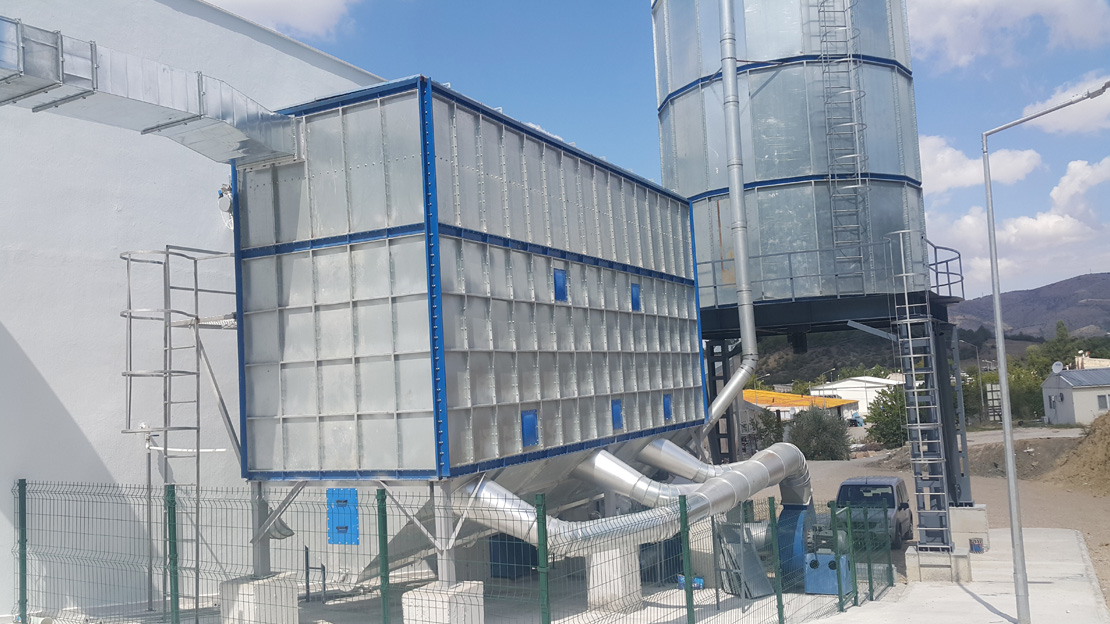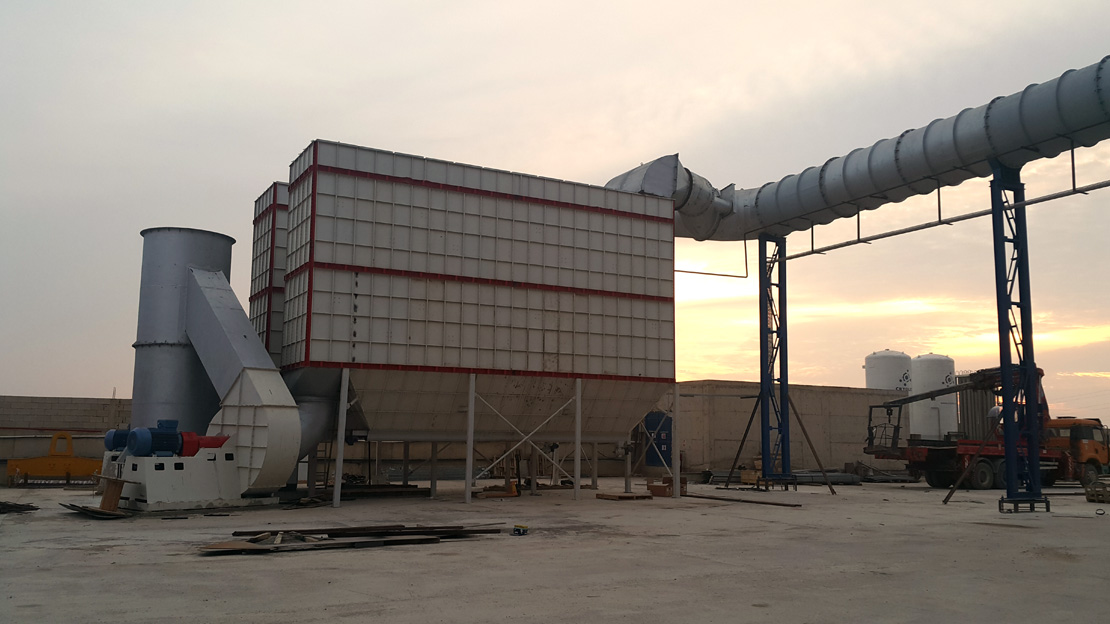








Exhaust Ventilation Fan The exhaust ventilation fan works by reducing the pressure of a structure. The system expels air from the house, causing a pressure change that pulls make-up from the outside through leaks in the building envelope and deliberate, passive vents. Exhaust venting is best suited for colder climates because in warmer climates depressurization can draw moist air into wall cavities where it can condense and cause moisture damage. Exhaust ventilation systems are relatively simple and inexpensive to install. Typically, an exhaust ventilation system consists of a single fan connected to a single centrally located exhaust point in the house. A better design is to connect the fan to ducts from several rooms, preferably rooms where pollutants are produced, such as bathrooms and kitchens. Advantages of Exhaust Ventilation Fan Adjustable, passive vents that run through windows or walls can be installed in other rooms to provide fresh air rather than relying on leaks in the building envelope. However, passive vents may require pressure differentials greater than the pressure caused by the vent fan to function properly. Disadvantages of Exhaust Ventilation Fan One concern with exhaust ventilation systems is that they can attract pollutants along with clean air. These may include: radon and mold from a crawl space, dust from an attic, fumes from an adjacent garage, and flue gases from a fireplace or fossil fuel-fired water heater or furnace. These pollutants are of particular concern when running bathroom fans, ajar fans and clothes dryers (which also depressurize the home while they are running) while an exhaust ventilation system is also operating.
Exhaust ventilation systems can also contribute to higher heating and cooling costs compared to energy reclaim ventilation systems because exhaust systems do not soften or dehumidify the make-up air before it enters the house. Supply ventilation systems use a fan to pressurize a structure, forcing outside air into the building while air leaks out of the building through vents, bathroom and ajar fan ducts, and deliberate vents (if applicable). Like exhaust ventilation systems, supply ventilation systems are relatively simple and inexpensive to install. A typical supply ventilation system has a fan and duct system that delivers fresh air, usually one, but preferably several, rooms that are most occupied by residents, such as bedrooms and living room. This system may include adjustable window or wall vents in other rooms.
Bu site çerezler kullanır. Sitede gezinmeye devam ederek çerezlerimizin kullanımını kabul etmiş olursunuz.
Daha fazlası